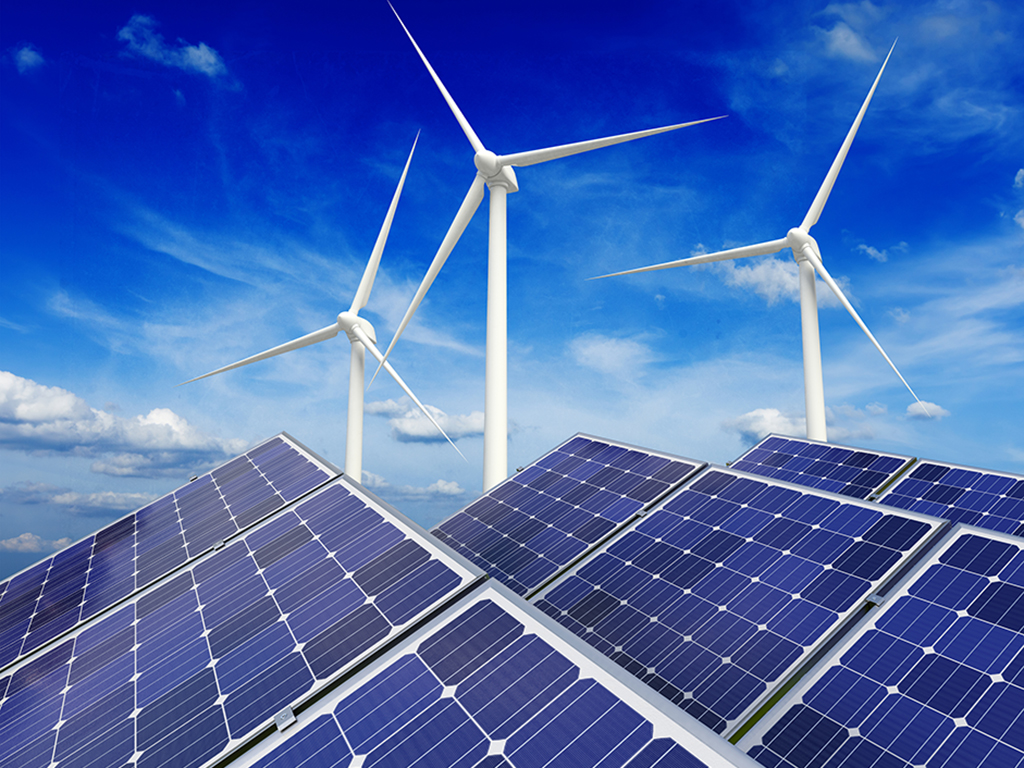
Energy storage is a hot topic in policy discussions, and for good reason. Global energy demand is expected to increase by 30 percent between 2018 and 2040. To help put that in perspective, that’s the equivalent of adding the power needs of another China and India to our planet!
That growth means the world must increasingly rely on renewable, or green, energy sources (solar, wind and water) to address our electricity needs – without adding to the warming of the planet. Likewise, a robust mix of energy storage technologies is critical. We believe that lead batteries are an essential part of that mix, especially when considering their performance, cost, scalability, sustainability, safety and reliability.
Renewable Energy Storage: New Information Brief Gives the Facts
To educate policy makers and others, we’ve prepared an easy-to-read “Information Brief” that outlines projected renewable energy growth, applications of lead batteries such as grid-scale storage and frequency regulation, and several case studies. The latter describe real-life scenarios where lead batteries are capturing the natural power of wind and sun domestically and around the world, from Africa to Alcatraz.
Some Highlights of our Research
- In May, California became the first state to order solar panels on all new homes built after January 1, 2020.
- Analysts predict huge growth in renewables, such as wind and solar power, which today comprise 12 percent of the global fuel mix.
- According to the International Energy Agency (IEA), many countries around the globe have set targets of renewables from 15 percent (Great Britain) to nearly 68 percent (Norway) over the next two years.
- Analysts forecast that the amount of total global power generation expected from renewable energy sources will reach 40 percent by 2040, and 50 percent by 2050.
Learn More
We encourage you to read our Renewable Energy Storage Information Brief. You might be surprised to learn the role lead batteries have today, and in our energy future, in helping to lower the planet’s carbon footprint, create efficient energy models and stabilize the grid.


